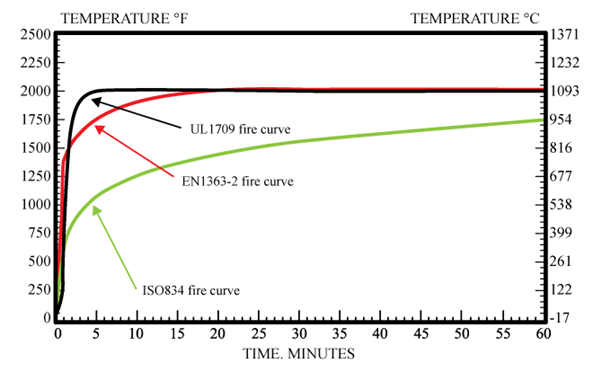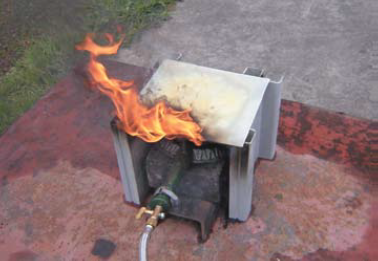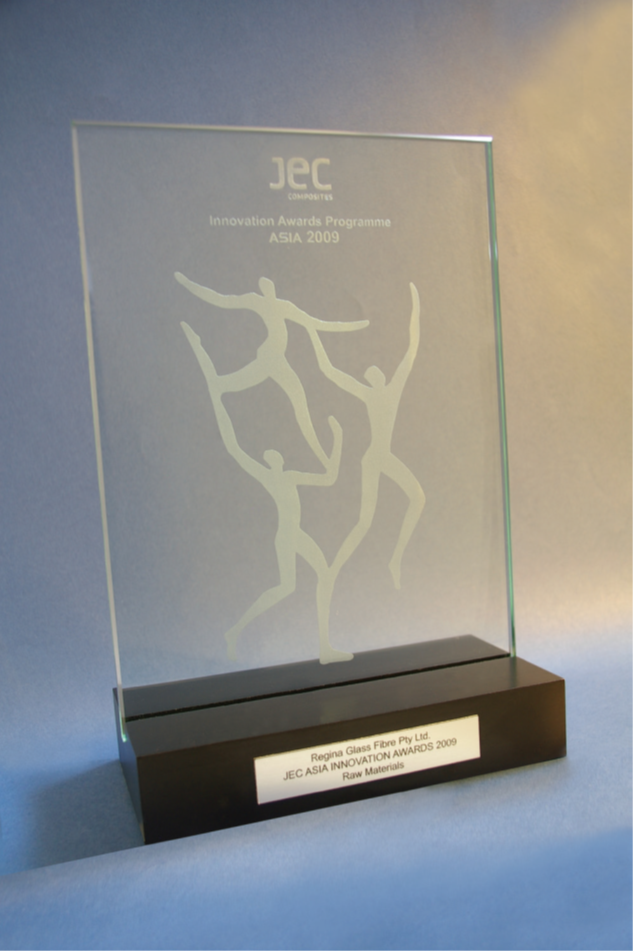Arthur Rendell …a conversation with CRC-ACS at a Composites Australia conference started Regina Glass Fibre’s innovation journey to commercialise a novel fire-resistant solution for composites.
Arthur Rendell, Managing Director of Regina Glass Fibre shares the story of the company’s quest for innovative composite products. It’s a story of determination, mixed with an entrepreneurial spirit open to explore new ideas and the courage to back them with considerable investment in time and money.
At about the same time, composite applications were growing apace. In particular, the use of composites in all forms of mass transit vehicles was accelerating, driven by the economics of weight reduction.
Not only did weight reduction decrease the running costs of a vehicle over its lifetime, it also allowed associated infrastructure costs, such as airport runway lengths, bridge load capacity and so on, to be minimised.
Unfortunately, polymer-based composites burn, a critical concern for aircraft, trains, and ships, and indeed for all forms of mass transit vehicles. Composites soften on heating, causing a loss of mechanical properties. At higher temperatures they decompose, producing smoke and toxic or flammable gases. Composite structures under load often fail within a period of minutes.
As late as 2011 it was reported that traditional ways of improving the fire performance of composites tend to compromise the performance of the composite in some ways. In seeking to overcome these problems in an aircraft application, the Advanced Composites Structures CRC developed the idea of using glass cloth as a carrier to place intumescent chemicals just beneath the surface of a structural laminate.
This provided fire protection without the degradation of strength and stiffness that occurred when such chemicals were added directly to the resin. This elegant approach to enhancing laminate properties became the basis for Regina’s R&D in 2005.
It took us five years to expand the initial CRC-ACS concept and produce a product that could be used by most composite manufacturing methods and with most resin types.
The product, FireShield®, is now used in roofing materials by Ampelite, and has been used in US Navy vessels. It is a sophisticated solution for tough fire standards, applied when escape from fire is increasingly difficult.
But fire protection is not the only potential benefit achievable by using a carrier to add useful chemicals to a laminate.
We actively research ways to improve and enhance commercially valuable properties of laminates. We find ideas from outside the Composites Industry to be particularly stimulating and seek ideas at conferences, from magazines and through LinkedIn Groups.
Thus we’ve researched nano-zinc oxide as a UV block, nano-clay to enhance surface properties and are currently examining products such as graphene, carbon nano-tubes and polydopamine.
We’ve successfully launched a fire protection product based on aluminum trihydrate, ATH.
While the main focus of our research has been on the chemicals, research on the carrier itself, originally glass cloth, has been driven by the demands of composite manufacturing techniques and by the complex shapes now being fashioned from composites.
We originally moved to tissue for its simplicity and low cost. But tissue, with its lack of shear, is unsuitable for 3D shapes. Experiments with satin weave glass cloths revealed that it was difficult to achieve satisfactory adhesion of the chemicals, and the dust produced was unacceptable in clean room environments.
To illustrate FireShield® behavior, tests were carried out with pultruded sections made into two open box shapes, one of which was protected with FireShield®. The char layer of the protected sections showed no change over the 30 minutes of the burn, indicating that the char itself was not reduced or ablated by the propane burner, during that time.





